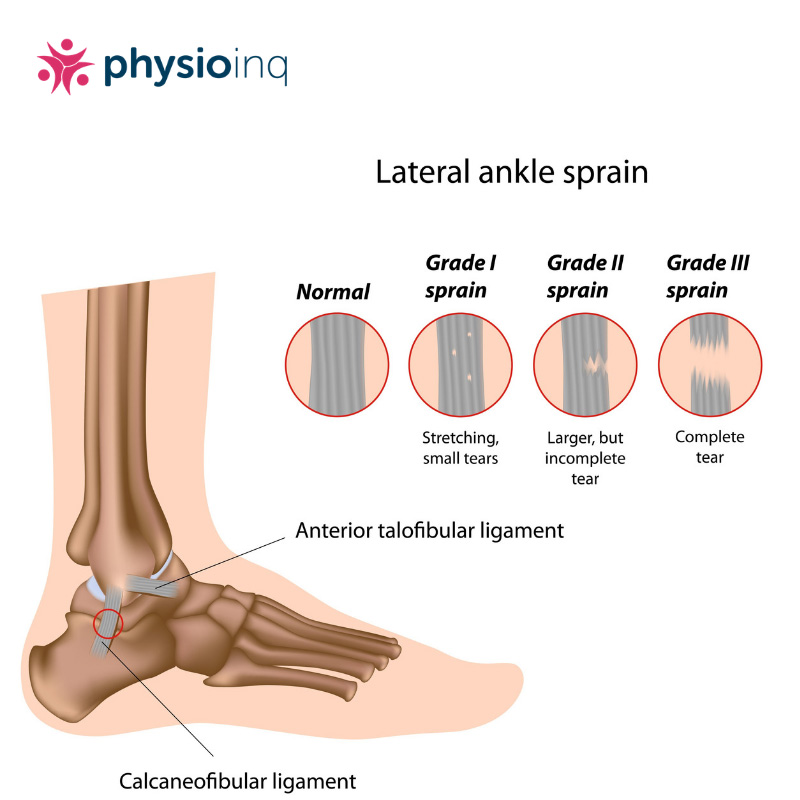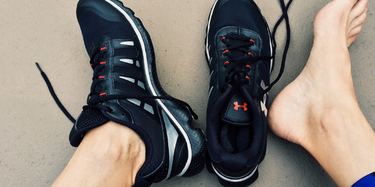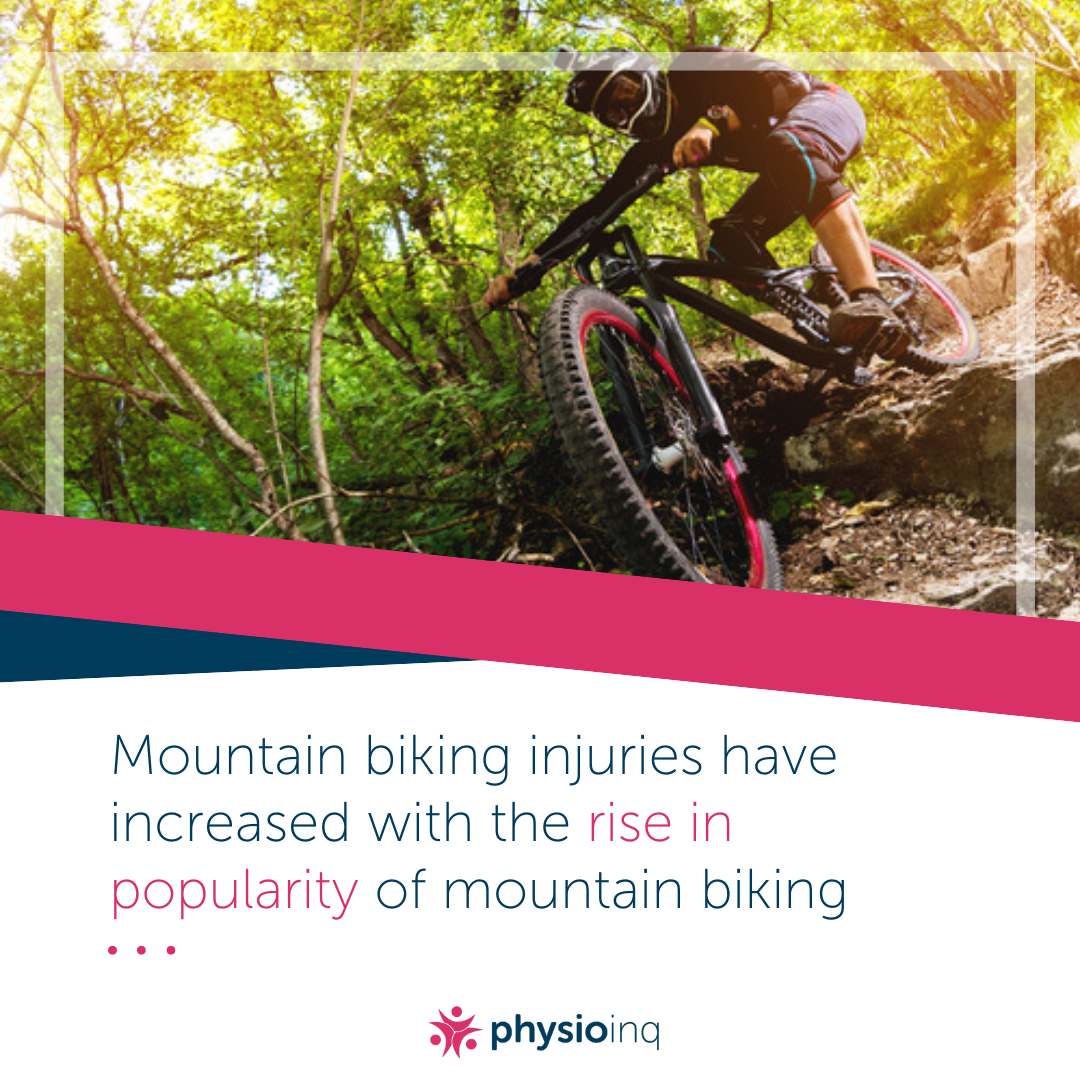Make an Appointment
Ankle sprains are the most common sporting injury and, for that reason, are one of the most treated injuries in our clinic. We all know that person; the person in our rugby league, netball team or soccer team. That person that always seems to have some sort of ankle injury. It seems as though they roll their ankle 4 or 5 times every season. Why do ankle sprains happen again and again? The short answer is that they aren’t getting rehabbed properly! The longer answer is what we will go into now.
A quick anatomy lesson - There are multiple ligaments that stabilise our ankle joint and the joints around our ankle. By far the majority of ankle injuries are those where we injure the lateral ligaments of the ankle. There are 3 ligaments on the outside (lateral side) of our ankle. They are the anterior talo-fibular ligament (ATFL), calcaneo-fibular ligament (CFL) and posterior talo-fibular ligament (PTFL). The most commonly injured are the ATFL and CFL.

As well as doing a good job at stabilising our ankle, our ligaments have tiny receptors in them which relay information to our brain to tell our brain where our foot is in space. This is why we know where our ankle is, or which way our foot is pointing with our eyes closed. This is called proprioception and is EXTREMELY IMPORTANT. The brain uses this proprioceptive input to give instructions to the muscles around our ankle and foot to keep us upright and to keep the foot stable on the ground. If we are on soft or uneven ground this becomes even more important!
When we roll our ankle and damage the ligaments on the outside of our ankle, we damage these receptors and disrupt the connection that they have with our brain. This means that our brain is getting less of this proprioceptive input so it is more difficult for it to give accurate instructions to the muscles around our ankle and foot. The muscles are also sometimes inhibited because of the pain from the injury. This reduced proprioceptive input and reduced muscle activation means that we are left with an ankle that is inherently unstable or ‘wobbly’. In the early stages, taping techniques should be utilised to protect our unstable ankle from re-injury. Further treatment should focus on restoring the stability of the ankle.

The final stage of rehabilitation following an ankle injury should focus on restoring our proprioception and ankle stability. Unfortunately this part of rehab is often ignored as symptoms have subsided and everything is feeling relatively good. If we do not restore the proprioception, or the ankle stability, we leave ourselves at increased risk of recurrent ankle sprains again and again. It is not only the ankle which is still at risk but injuries further up the chain such as the knee and hip. It is ignoring this final stage of rehab and failing to re-develop adequate proprioception and ankle stability that causes people to continually sprain and injure their ankles, even when they feel they have recovered.
An analogy that we like to use in the clinic is that of a motorbike. A motorbike has 2 wheels on the ground – we have 2 feet on the ground. Imagine if you have a motorbike where one of the wheels was wobbly – you can imagine the havoc this would cause. Our feet and ankles are no different.
Each Ankle Sprain and injury is unique But with a good clinician, like our team of Physio Inq Mobile and Clinic Physiotherapists across Australia , will be able to give you the exercises and education to help with your ankle sprains. Please get in touch. You can find your local Physio Inq Mobile or Clinic location here
Date Published: Wednesday, November 28, 2018
Locate a Mobile Physiotherapy
Service Near me
Get the experience & convinence you deserve to support your or a loved one's allied health needs.
Our Mobile Physiotherapy team are currently serving & taking appointments in the following states and regions in Australia:
Need to get into direct contact with ur Client Services team? We're all ears. Call our team directly on 1300 731 733











